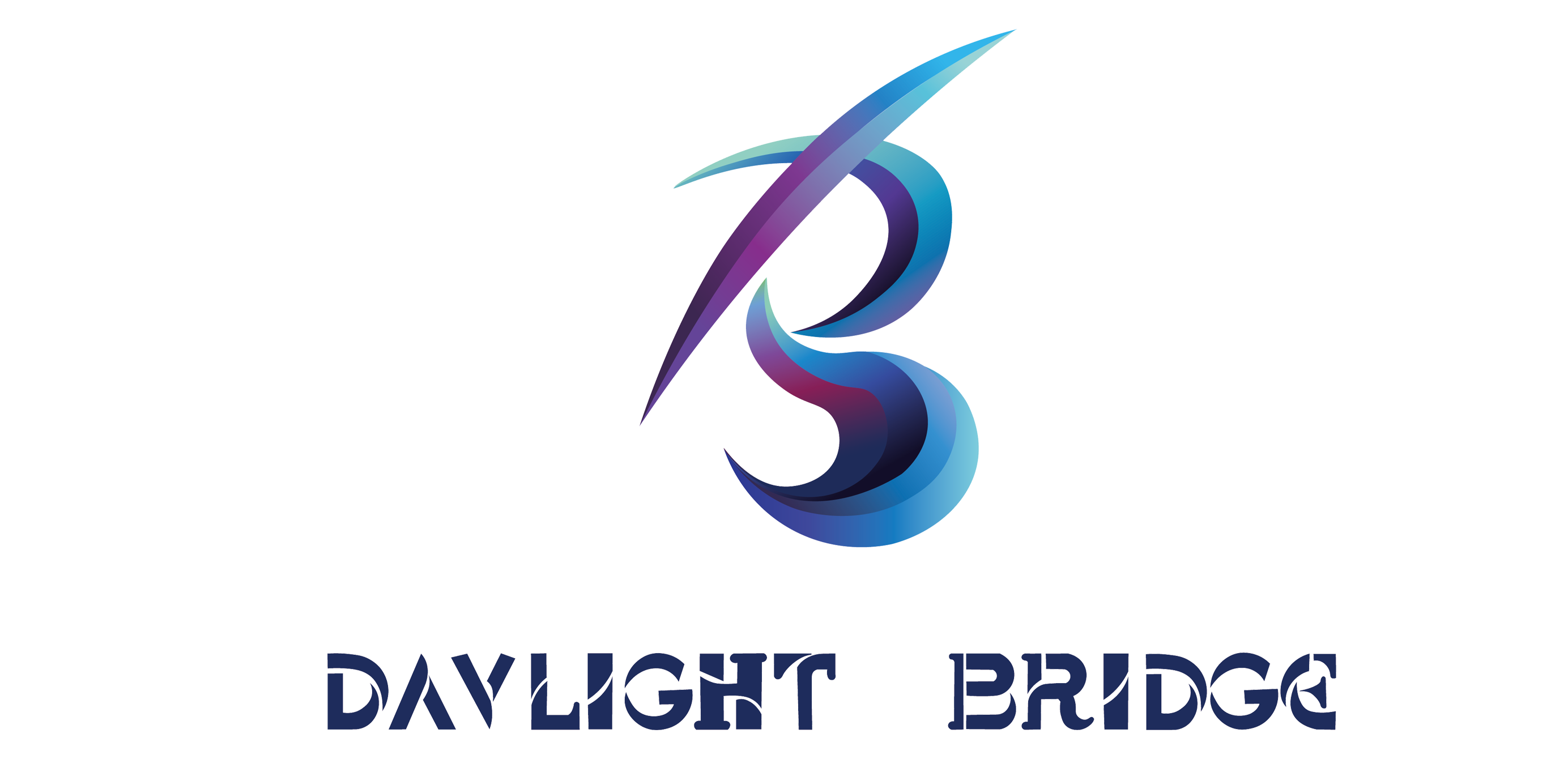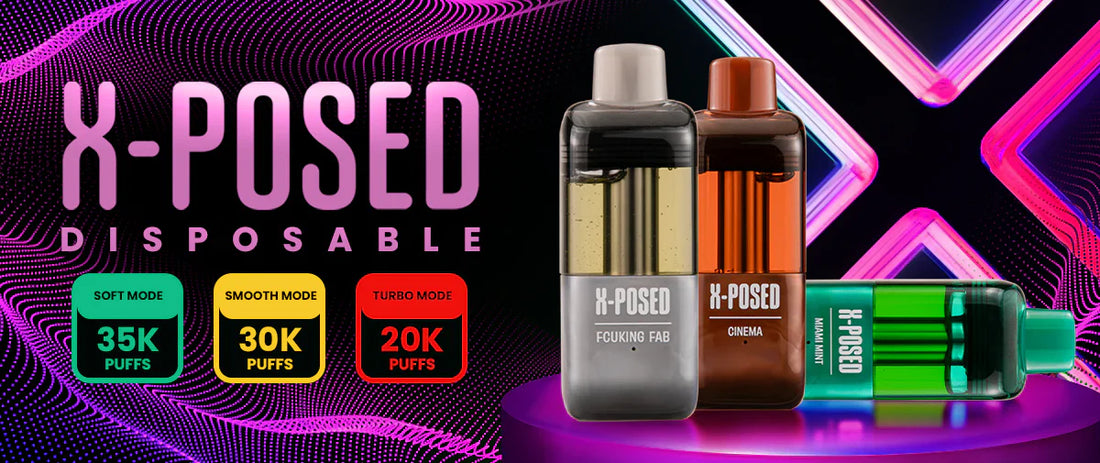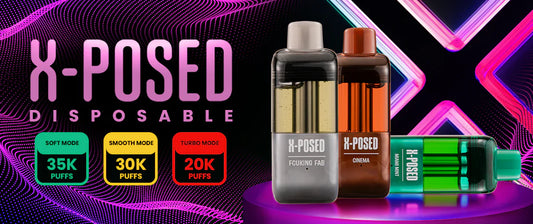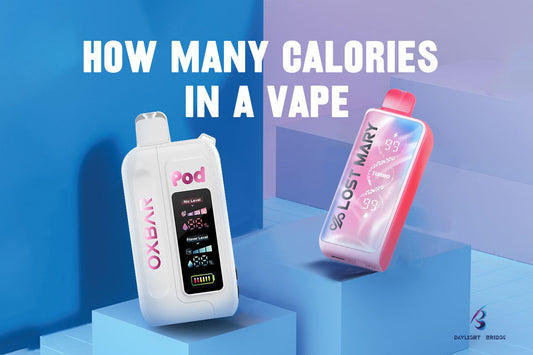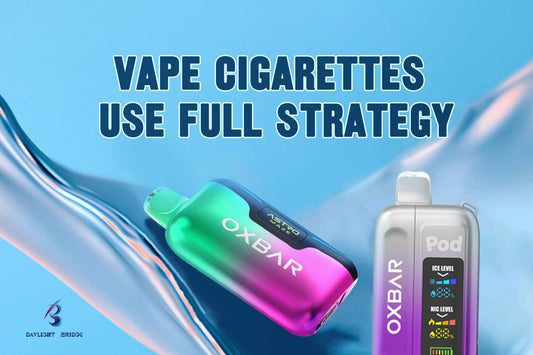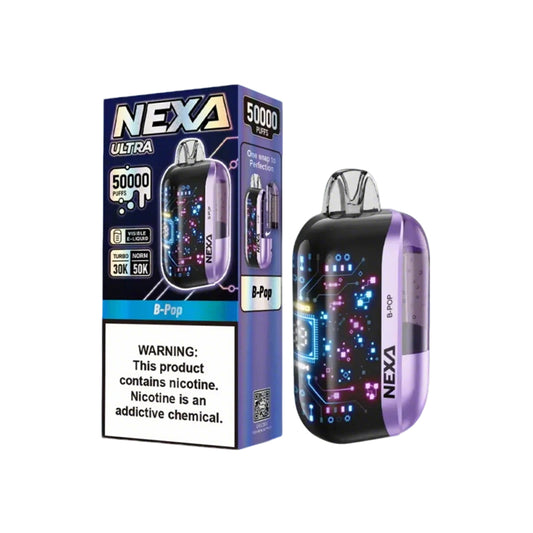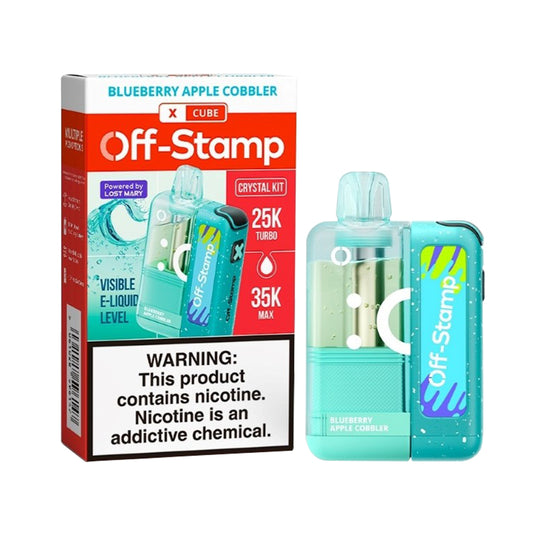The Correlation between Flavors and Nicotine Content in E-cigarettes
E-cigarettes come in a variety of flavors, and there is a certain correlation between different flavors and nicotine content. Based on market data, user surveys, and industry reports, this article analyzes the correlation between e-cigarette flavors and nicotine content and provides some helpful information.
I. Classification of E-cigarette Flavors and Overview of Nicotine Content
The nicotine content of e-cigarettes is usually measured in "mg/mL", with common concentrations including 0mg, 3mg, 6mg, 12mg, 18mg, 24mg, 36mg, etc. The design of nicotine content for different flavors is influenced by the following factors:
1. User demand: Long-time smokers tend to prefer high-nicotine tobacco flavors, while young people prefer low-nicotine sweet flavors.
2. Masking effect: High-sweetness or cool flavors can mask the irritation of nicotine, making them suitable for low concentrations.
3. Regulatory restrictions: Some countries restrict high-nicotine sweet products.
II. Data on the Correlation between Flavors and Nicotine Content
1. Fruit Flavors
- Nicotine content range: Generally concentrated in 3-12mg/mL.
High-sweetness fruits (such as watermelon, strawberry) are often paired with low-nicotine (3-6mg/mL) to enhance the sweet taste experience.
- Correlation logic: Sweetness can mask the bitterness of nicotine, and low concentrations are more easily accepted by young people.
2. Tea Flavors
- Nicotine content range: 6-18mg/mL, moderately high.
Tea flavors such as Tieguanyin and Longjing require higher nicotine concentrations to balance the tea aroma and avoid a thin taste.
- Correlation logic: Tea flavors are relatively light, and nicotine is needed to enhance the "throat hit", attracting long-time smokers or heavy users.
3. Tobacco Flavors
- Nicotine content range: 12-36mg/mL, significantly high.
The 202X WHO report indicates that 80% of tobacco-flavored e-cigarettes have a nicotine concentration of ≥18mg/mL, and 25% have a concentration of 36mg/mL.
Traditional tobacco flavors (such as original tobacco) have the highest nicotine concentration, meeting the needs of smokers for "satisfaction".
- Correlation logic: High nicotine simulates the experience of traditional cigarettes, reducing the discomfort of smokers trying to quit.
4. Dessert/Drink Flavors
- Nicotine content range: Wide range, 3-24mg/mL.
Dessert flavors such as yogurt and strawberry milkshake are mostly concentrated in 3-6mg/mL (70% of the total), suitable for entry-level users.
Carbonated drink flavors such as cola ice have higher nicotine concentrations (12-24mg/mL), and some brands have launched "energy-boosted" versions (24mg/mL).
- Correlation logic: Dessert flavors cover different user groups, with low concentrations attracting young people and high concentrations meeting the needs of heavy users.
5. Mint/Cool Flavors
- Nicotine content range: 6-18mg/mL, moderately high.
In flavors such as intense mint and icy mint, 12mg/mL accounts for 55%, and 18mg/mL accounts for 30%.
Coolness can reduce the irritation of nicotine, making it suitable for medium to high concentration products.
- Correlation logic: The cool sensation and nicotine work together to enhance the "satisfaction", especially with a significant increase in sales during summer.
III. Regional Differences and Regulatory Impact
1. US Market: Due to FDA restrictions, the nicotine content of sweet flavors (fruits, desserts) has been forced to be reduced to ≤30mg/mL, while tobacco/mint flavors are not restricted, leading to a sharp increase in the sales proportion of the latter from 40% to 70%.
2. EU Market: According to TPD regulations, the nicotine concentration must not exceed 20mg/mL, promoting brands to develop "low-concentration high-replication" flavors (such as 6mg/mL fruit flavors).
V. Data Summary and Suggestions
1. Flavor-Nicotine Correlation Rules:
- Sweet/Cool (fruits, desserts, mint) → Low concentration (3-12mg/mL). 1. Tobacco/Tea Flavors → Medium to high concentration (12-36mg/mL).
2. Selection Recommendations:
- For smokers looking to quit: Gradually transition from high-nicotine tobacco flavors to low-concentration fruit flavors.
- For non-smokers: Choose low-nicotine products with caution to avoid addiction.
3. Health Warning: Nicotine is addictive regardless of concentration. Teenagers should stay away from e-cigarettes.
Data Source: Nielsen, Euromonitor International, WHO e-cigarette reports, FDA regulatory documents, financial reports of brands such as Relx and Ploom, global e-cigarette user surveys (2022-2024).
Note: Nicotine content varies significantly by brand and regional policies. Check product labels when purchasing and comply with local regulations. Data is subject to change over time. We recommend referring to the latest industry reports. We, daylight bridge, are a website specializing in wholesale and retail of e-cigarettes. All the above flavors are displayed in our store. Welcome to visit and purchase if you need!
|Flavor Category| Mainstream Nicotine Concentration Range (mg/mL)| Most Common Concentration| Target User Group|
Fruit 3-12 6mg/mL Young people, beginners
Tea 6-18 12mg/mL Heavy smokers, flavor enthusiasts
Tobacco 12-36 24mg/mL Heavy smokers seeking alternatives
Dessert/Drinks 3-24 6mg/mL General public (divided into high and low concentrations)
Mint/Cooling 6-18 12mg/mL Summer, those seeking a cooling sensation
We hope the above additional information can provide a more comprehensive answer to your questions!
